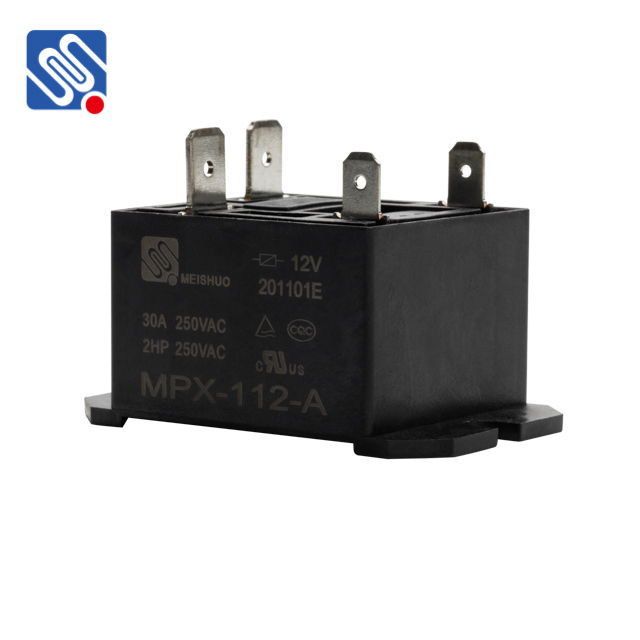Understanding Power Relay: Essential Component for High-Power Electrical Systems

A power relay is an indispensable device in modern electrical systems, providing a means to control high-power circuits through low-power control signals. These relays act as automated switches, enabling the safe and efficient operation of devices that require a substantial amount of electrical energy. In this article, we will explore the significance, working principle, types, applications, and considerations for selecting a power relay. What is a Power Relay? A power relay is a type of electromagnetic switch designed to handle electrical circuits with high voltage or high current. It consists of an electromagnet (coil) and a set of contacts that open or close in response to a control signal. When an electric current passes through the coil, it generates a magnetic field that causes the contacts to move, either opening or closing a circuit. This allows a low-voltage control signal to control a high-power device, making power relays essential for automating and protecting electrical systems.